This post was originally published in April 2017 and has been updated in October 2020 for accuracy.
An Interesting Combination
A recent training class took me to Iowa. Since it is so close to me, I decided to drive there rather than play the airport game. During the drive an old favorite song of mine came on the radio. The song is by Don Henley and called “The Boys of Summer”. In that song is the following lyric: “Out on the road today / I saw a Deadhead sticker on a Cadillac / A little voice inside my head said / “Don’t look back, you can never look back.”
What’s funny is shortly after hearing that song I passed an 18-wheeler truck. On the back and side of the truck was a “Dangerous” placard and a “Class 5.2” placard. A picture of each is shown here. In a very simplistic sense, placards are big hazard labels, roughly 9.84 inches on each side. They are placed on vehicles to warn people about the hazardous materials on or in that vehicle.
The 49 CFR has some unique rules for placarding, but what was on that truck struck me as interesting. I’ve never seen those things together before. It is usually 1 or the other. Being a safety nerd I checked my regulations when settled in my hotel room. Placarding information is found in Section 172.500 of the 49 CFR. Here are some specifics for placarding vehicles.
Basic Rules of Placarding:
- All bulk packagings or vehicles transporting bulk packagings must be placarded on each side and end.
- For non-bulk packages, there are two tables to consult. Both can be found in 172.504.
- If your material is a hazard class listed on Table 1, then it must be placarded following the same rule as bulk packagings.
- If your package is a hazard class listed on Table 2, the rules are different. You only have to placard for the hazards on Table 2 when the vehicle contains more than 1001 pounds aggregate gross weight of materials on that table.
Table 1
| Category of material (Hazard class or division number and additional description as appropriate) | Placard name | Placard design section reference § |
|---|---|---|
| 1.1 | EXPLOSIVES 1.1 | 172.522 |
| 1.2 | EXPLOSIVES 1.2 | 172.522 |
| 1.3 | EXPLOSIVES 1.3 | 172.522 |
| 2.3 | POISON GAS | 172.540 |
| 4.3 | DANGEROUS WHEN WET | 172.548 |
| 5.2 (Organic peroxide, Type B, liquid or solid, temperature controlled) | ORGANIC PEROXIDE | 172.552 |
| 6.1 (material poisonous by inhalation (see §171.8 of this subchapter)) | POISON INHALATION HAZARD | 172.555 |
| 7 (Radioactive Yellow III label only) | RADIOACTIVE1 | 172.556 |
Table 2
| Category of material (Hazard class or division number and additional description as appropriate) | Placard name | Placard design section reference § |
|---|---|---|
| 1.4 | EXPLOSIVE 1.4 | 172.523 |
| 1.5 | EXPLOSIVE 1.5 | 172.524 |
| 1.6 | EXPLOSIVE 1.6 | 172.525 |
| 2.1 | FLAMMABLE GAS | 172.532 |
| 2.2 | NON-FLAMMABLE GAS | 172.528 |
| 3 | FLAMMABLE | 172.542 |
| Combustible Liquid | COMBUSTIBLE | 172.544 |
| 4.1 | FLAMMABLE SOLID | 172.546 |
| 4.2 | SPONTANEOUSLY COMBUSTIBLE | 172.547 |
| 5.1 | OXIDIZER | 172.550 |
| 5.2 (Other than organic peroxide, Type B, liquid or solid, temperature controlled) | ORGANIC PEROXIDE | 172.552 |
| 6.1 (other than material poisonous by inhalation) | POISON | 172.554 |
| 6.2 | (None) | |
| 8 | CORROSIVE | 172.558 |
| 9 | Class 9 (see §172.504(f)(9)) | 172.560 |
| ORM-D | (None) |
Here is an example of how Table 2 works. A truck has 4.1 Flammable Solids and 4.2 Spontaneously Combustible materials in non-bulk packages on it. Together those materials add to over 1001 pounds. You would have to use placards on both sides and ends for both Class 4.1 and 4.2.
Using the Dangerous Placard:
49 CFR section 172.504(b) addresses using the Dangerous placard to reduce the total number of placards that must be displayed. It permits a transport vehicle hauling non-bulk packages with that are in two or more classes listed on Table 2 to be placarded with DANGEROUS placards. This option may be used instead of separate placards for each of the materials in Table 2. So, using the previous example, instead of using 4.1 and 4.2 placards, you can replace them with the single Dangerous placard. This saves space on the trucks and money because fewer placards are required. The drawback is the loss of clarity of the hazards in the vehicle.
Why Are Dangerous and Class 5.2 Placards Being Used?
Let’s go back to the truck I passed. It had both a Dangerous placard and a Class 5.2 placard. Is this correct? By following the rules above we can figure out what’s going on. There must be a package of Class 5.2 material on the truck. You cannot display a placard for a class that isn’t present. Also, there must be at least two other classes of hazardous materials on board, since section 172.504 does not allow a Dangerous placard to be used for only one class. (That is, if the load only contains Class 4.1 substances, you must use 4.1 placards, since they provide more information to emergency responders.)
But why use the Class 5.2 in addition to a danger placard? Well, most substances in Class 5.2 will fall on Table 2, and could be combined with other classes to be represented by the Dangerous placard. However, there’s one special type of Class 5.2 materials that can’t be represented by such placards. These are Division 5.2 materials that (1) are in Type B (indicating that they are barely stable enough to allow safe transport,) and (2) they require “temperature control” (that is, they must be transported in vehicles that can keep them at a set temperature to avoid hazardous decomposition.) If the shipment here consisted of, say, Class 4.1, Class 4.2 and Class 5.2, Type B, Temperature Controlled, the Dangerous placard can only represent the first two classes, since they’re on Table 2. The Table 1 substance, the 5.2, must be placarded separately.
While the combination of Dangerous and Class 5.2 placards isn’t the most helpful information – we still don’t know what the other classes are in the vehicle – at least we have an idea of what sort of hazard are present here.
We have all the products, services and training you need to ensure your staff is properly trained and informed.
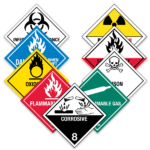 DOT Worded Placards |
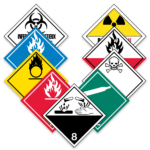 TDG / IMDG Non-Worded Placards |
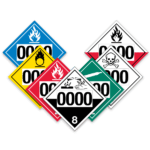 UN Numbered & Blank Placards |


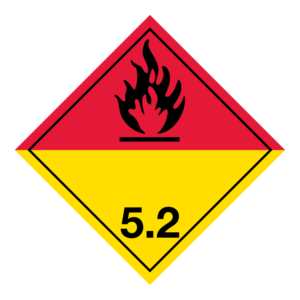
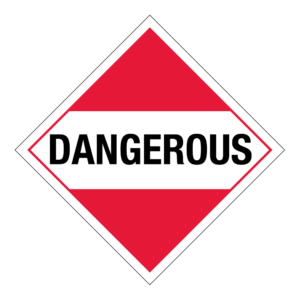
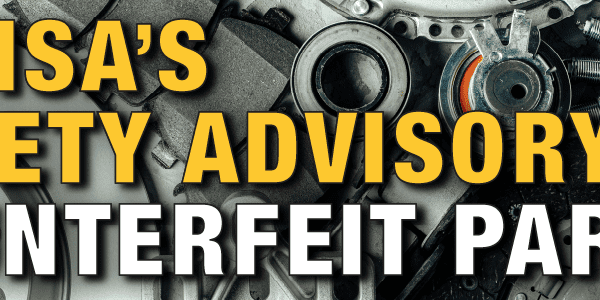
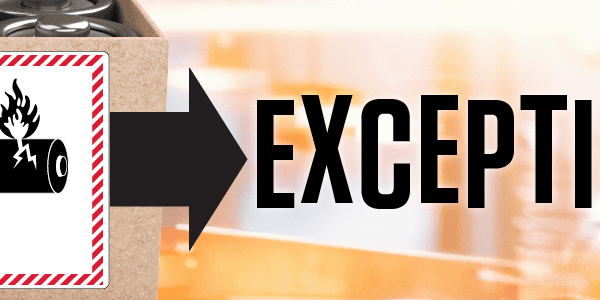
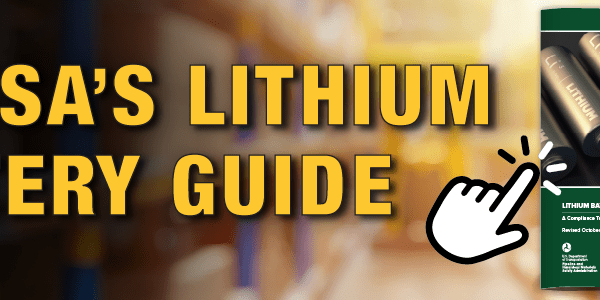


It is important to note that the Class 5.2 that appears on Table 1 only applies to Organic Peroxide, Type B, liquid or solid, Temperature Controlled. So on that vehicle you would have either any amount of the above mentioned organic peroxide OR 2,205 pounds or more of an organic peroxide on Table 2. If it was less than 2,205 pounds and from Table 2 the organic peroxide could also be covered by the Dangerous placard. 2,205 pounds of any one hazard category loaded at one facility requires the specified placard from Table 2.
You are correct! Thanks for your comment!